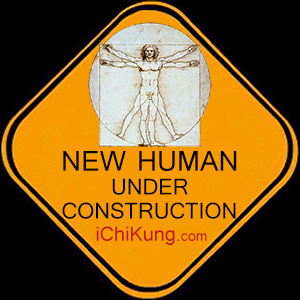
Aspartame: Artificial Sweetener 7 Videos
Calorie free sweetener, used in over 5,000 food products
Sold commercially under names like NutraSweet, Canderel, and now AminoSweet, aspartame can be found in more than 6,000 foods, including soft drinks, chewing gum, table-top sweeteners, diet and diabetic foods, breakfast cereals, jams, sweets, vitamins, prescription and over-the-counter drugs.
Aspartame producer Ajinomoto chose to rebrand it under the name AminoSweet, to "remind the industry that aspartame tastes just like sugar, and that it’s made from amino acids – the building blocks of protein that are abundant in our diet."
This is deception at its finest: Begin with a shred of truth, and then spin it to fit your own agenda.
"As an Amazon Associate I earn from qualifying purchases.―#CommissionsEarned"
My Aspartame Experiment: Report from a Private Citizen – Victoria Inness-Brown M.A.
In My Aspartame Experiment: Report from a Private Citizen, author Victoria Inness-Brown recounts her controversial 2-1/2 year study of the effects of the artificial sweetener aspartame. Found in packets of NutraSweet or Equal, the sweetener is ingested by an estimated 200 million people and found in over 6,000 consumables, including sodas, candies, coffees, pharmaceuticals, vitamins, and dairy products. Though approved by the FDA, Inness-Brown claims the approval was based on studies cut off before the true effects of the additive could be seen. In addition, human studies use aspartame in capsules, which is not assimilated as fully as its liquid form, thereby minimizing adverse effects. Concerned about the health of family members addicted to diet soda, Inness-Brown raised 108 rats, giving 60 NutraSweet-laced water for 2 ½ years.
As her rats on aspartame began manifesting tumors, paralysis, infected and bleeding eyes, and obesity, Inness-Brown made digital videos of the results, culminating in a disturbing visual record of the dangers of the additive. When leaked on the net in 2008, her findings became a hot news topic on popular blogs. Carefully researched, laced with photos and quotes from aspartame sufferers, scientists, and doctors, her book shows that a citizen can go up against a drug conglomerate and provide the public with important new information about a dangerous substance. Not since Rachel Carson's Silent Spring, has a book held such potential for social change. Her analysis of the environment she provided her rats brings up frightening issues about pesticides, herbicides, genetically modified foods, animal products, water and air quality. She believes that we are the rats of the companies that liberally spread their synthetic chemicals worldwide. No one fully understands the long-term effects-especially the complex interactions from intermixing thousands of toxic chemicals within the plant and animal kingdoms sustaining our planet.
About the Author Victoria Inness-Brown was graduated from the University of California, San Diego with bachelor's and master's degrees in mathematics. For nearly thirty years, she has worked as an award-winning technical writer for numerous high-tech companies.
